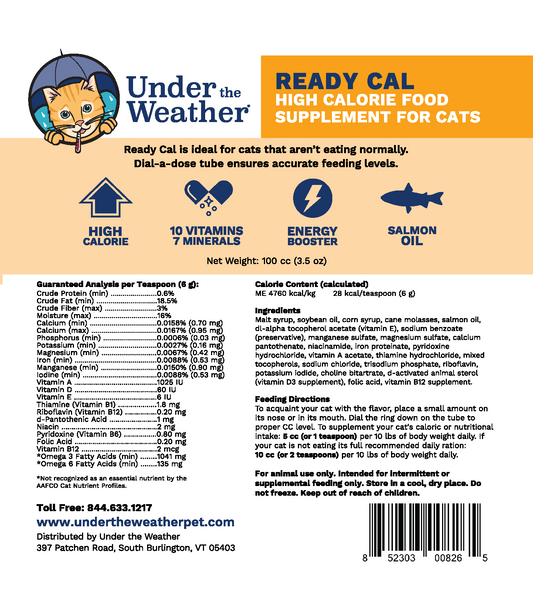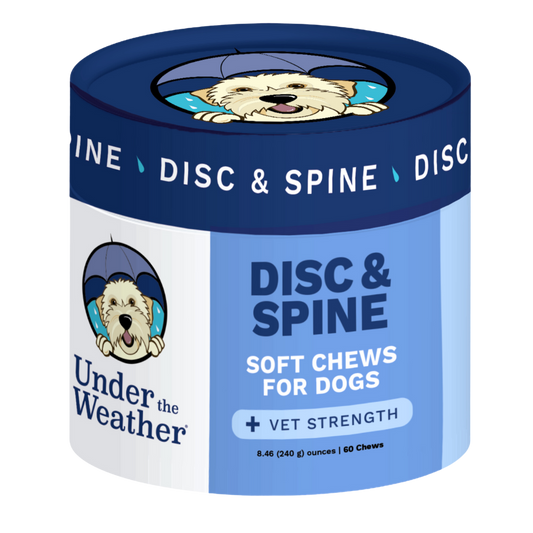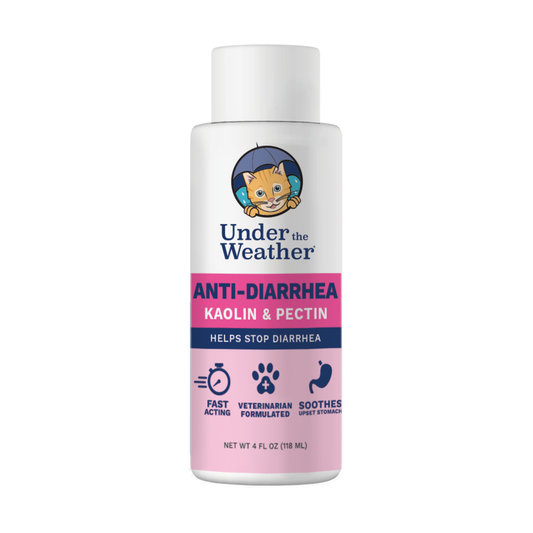Intervertebral Disc Disease (IVDD) is a serious condition affecting the spinal discs in dogs, leading to discomfort, pain, and in severe cases, paralysis. This degenerative spinal condition is most common in breeds with long backs, such as Dachshunds, Corgis, and Basset Hounds, but it can affect any breed, including smaller breeds like the Shih Tzu. Understanding the stages of IVDD is vital for timely intervention of this disease in dogs and ensuring your dog receives the appropriate care.
IVDD progresses through five stages, each representing a greater severity of spinal cord compression. The earlier it is detected via diagnostic imaging, the better the chances for recovery through non-invasive treatments or medical management. By the later stages, more aggressive treatment options, such as surgery, are often required.
This guide will walk you through each stage and provide actionable insights to help your dog live comfortably, even with intervertebral disc disease.
What Is IVDD?
IVDD occurs when the disc and disc material between a dog’s vertebrae degenerate, putting pressure on the spinal cord. This condition typically affects larger breeds with longer backs, such as Dachshunds and Corgis, but can occur in any dog. IVDD progresses through five distinct stages, each presenting unique challenges for treatment and recovery.
Supplements for the IVDD Stages in Dogs
Under The Weather Bland Diets
For dogs suffering from this degenerative disease, diet plays a crucial role in recovery. Bland diets are a great option for dogs under stress from surgery or medication. Under The Weather’s bland diet products are crafted with clean, simple ingredients like boiled chicken, rice, and electrolytes, making them an excellent choice for dogs needing easy-to-digest meals. These diets help maintain the energy and nutrition levels your dog needs during recovery without upsetting their stomachs.
The product is not only easy to serve, but it also helps prevent digestive issues that could arise from more complex foods. Bland diets are especially beneficial for dogs undergoing IVDD treatments, where appetite may be affected by pain medications or stress. By offering a gentle, nourishing diet, you can support your dog’s digestive health, ensuring they recover in the best possible condition.
Ready Cal High Calorie Supplements
During recovery, dogs with IVDD may have reduced mobility and, in turn, lower energy levels. Ready Cal High Calorie Supplements are designed to provide a concentrated source of energy to help dogs maintain their strength. These supplements contain essential vitamins, minerals, and omega-3 fatty acids, which are beneficial not just for energy but for reducing inflammation, promoting healing, and maintaining a healthy coat.
A significant challenge during IVDD treatment is ensuring that your dog consumes enough calories, especially if their appetite is reduced due to severe pain or stress. Ready Cal provides a highly palatable and nutritious option to fill those nutritional gaps, helping your dog regain strength during the healing process.
Disc and Spine Supplements
Under The Weather’s Disc and Spine supplements offer vital support for dogs dealing with spinal injuries. Ingredients such as glucosamine, chondroitin, and MSM are essential for maintaining joint health and reducing inflammation, which is crucial in managing the progression of IVDD. These supplements can play a preventative role for predisposed breeds and aid in recovery for dogs already affected by the disease.
Long-term care for IVDD typically begins with advanced imaging, then involves maintaining the health of the spine and surrounding tissues. Supplements like these ensure that your dog’s joints remain flexible and cushioned, reducing the risk of further injury. The combination of natural anti-inflammatories and joint-supporting compounds makes this a valuable product for dogs at all stages of IVDD.
IVDD Stages in Dogs
Stage 1: Mild Symptoms
In the early stages of IVDD, a dog may show signs of mild pain, including reluctance to move, stiffness, and whining. Symptoms at this stage are often subtle, such as stiffness or reluctance to jump or run. Owners may notice their dog moving slower than usual or hesitating before climbing stairs. Clinical signs at this stage are important to recognize, and treatment typically involves crate rest and anti-inflammatory medications to reduce pain and swelling. Early detection is key, as intervention during Stage 1 can often prevent the condition from worsening
Stage 2: Moderate Mobility Issues
Dogs with stage 2 begin to experience more noticeable clinical signs, such as difficulty walking or dragging their paws, or uncoordinated movements. Paw knuckling is a common sign, where a dog’s paw folds over as they walk, indicating that the nerves controlling movement are affected. Pain may range from moderate to severe pain, with dogs often crying out when moved. Treatment may involve a combination of medical treatment and rest, or surgery in more severe cases. This stage requires careful monitoring to ensure the condition does not progress.
Stage 3: Loss of Mobility
Stage 3 is characterized by the inability to walk, but dogs may still have some movement in their legs. At this stage, many dogs are paralyzed in their hind legs and require immediate veterinary care. Surgery is often necessary to remove the ruptured disc pressing on the spinal cord. The earlier the surgical intervention is performed, the better the chances for recovery. Post-surgery, dogs will need physical therapy to regain strength and mobility.
Stage 4: Paralysis With Pain Sensation
In Stage 4, dogs lose the ability to walk and may also lose bladder and bowel control. Despite this, they still retain pain sensation, which is a good sign for recovery. Surgery is highly recommended at this stage to relieve pressure on the spinal column and cord. With proper care, many dogs can regain partial paralysis or full mobility after surgery, but recovery often requires a lengthy rehabilitation process.
Stage 5: Complete Paralysis Without Sensation
Stage 5 is the most severe stage of IVDD, where dogs lose all movement and pain sensation in their legs. At this point, surgery is considered an emergency, and the chances of a successful recovery diminish the longer the condition goes untreated. Although some dogs recover partially, many do not regain full mobility, and their care may focus on managing quality of life post-surgery.

How to Choose the Right IVDD Care Products
Choosing the right products for a dog with IVDD can feel overwhelming, but the key is focusing on items that provide joint support, reduce inflammation, and aid in recovery. Look for supplements that contain natural anti-inflammatory ingredients like turmeric, omega-3 fatty acids, and glucosamine. It’s essential to consult your veterinarian to ensure the products are appropriate for your dog’s stage of IVDD. Additionally, opt for bland diets and high-calorie supplements that support overall health without causing digestive upset. A well-rounded treatment plan is essential to help manage UVDD effectively.
Benefits of Disc and Spine Supplements
Disc and spine supplements, such as those offered by Under The Weather, provide significant benefits for dogs at risk of or suffering from IVDD. These supplements are typically formulated with essential ingredients like glucosamine, chondroitin, MSM, and omega-3 fatty acids, which work together to support joint health, reduce inflammation, and promote the repair of damaged cartilage.
Glucosamine and chondroitin are commonly used to support joint flexibility and reduce the progression of degenerative joint conditions. These ingredients help to cushion and lubricate the joints, minimizing pain and improving mobility, particularly in dogs experiencing early stages of IVDD. MSM, known for its anti-inflammatory properties, helps alleviate pain and stiffness, making it easier for dogs to move comfortably.
Omega-3 fatty acids, often derived from fish oils, are vital for reducing inflammation at the cellular level. Chronic inflammation can accelerate the degeneration of spinal discs, which is why controlling it is a crucial aspect of managing IVDD. Omega-3 fatty acids also promote overall joint health and can help reduce the need for pain medications, leading to a more natural form of pain management.
For dogs in recovery, these supplements aid in the healing process by providing the necessary building blocks for tissue repair. In addition, long-term use of these products can prevent further disc degeneration, making them a valuable part of a dog's health regimen, particularly for predisposed breeds with a higher risk of IVDD. These supplements can also reduce the likelihood of other neurological conditions developing.
By incorporating these supplements into a dog’s daily routine, pet owners can help reduce the risk of further injury, improve their dog’s mobility, and enhance their overall quality of life.
The Best Ingredients in High-Calorie Supplements
High-calorie supplements, like Ready Cal, are typically packed with essential vitamins and minerals such as vitamins A, D, E, and omega-3 fatty acids. These ingredients not only support energy levels but also help in overall recovery by aiding in the repair of damaged tissues and reducing inflammation.
How to Prevent IVDD
Preventing IVDD involves minimizing the strain on your dog’s spine. Weight management is crucial, as excess weight puts additional pressure on the spine and joints. Encourage low-impact exercises such as swimming or walking on soft surfaces, which keep your dog fit without risking injury. Avoid activities that involve jumping or rapid changes in direction, as these can exacerbate spinal issues. Regular veterinary check-ups will help catch early signs of IVDD before they progress.
Final Thoughts
IVDD is a complex condition, but with the right care, dogs can still lead fulfilling lives. By understanding the stages of IVDD and using specialized products like Under The Weather’s supplements and diets, you can provide the best possible support for your pet. Preventative care, such as maintaining a healthy weight and incorporating joint supplements, is crucial for dogs predisposed to spinal issues. For more products to support your dog through every stage of IVDD, visit Under The Weather.
By incorporating these products into your dog’s care plan and focusing on prevention strategies, you’ll be better equipped to manage the clinical signs and complexities of IVDD and ensure your pet lives a comfortable, happy life.












